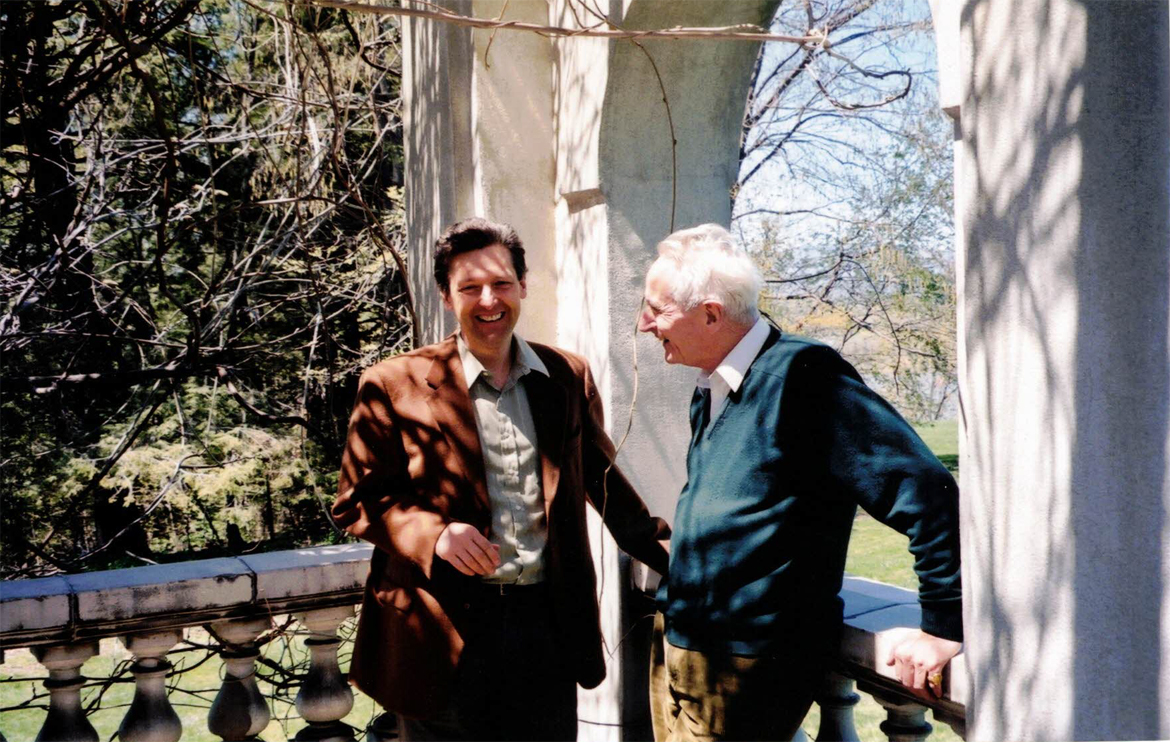Mats Lundahl has a new book Twelve Figures In Swedish Economics. The book has a chapter Gunnar Myrdal On Poverty And Circular, Cumulative Causation.
In my opinion, the principle of circular, cumulative causation is the most important principle of economics. The explicit way how it works via international trade is in the works of Nicholas Kaldor. As Anthony Thirlwall points out in his article Kaldor’s 1970 Regional Growth Model Revisited:
Kaldor was more than familiar with Myrdal’s ideas having worked with him in the Economic Commission for Europe (ECE) in Geneva from 1947 to 1949, and remained close friends.
In Lundahl’s words (page 105):
Myrdal wanted to explain the pattern that he observed and once more resorted to his idea of circular, cumulative causation. The traditional theory of international trade, in his view, could not explain the disparities. It was conceived in terms of stable equilibrium and pointed to equalization of incomes. Instead, Myrdal suggested, the analysis would have to concentrate on the quality of the factors of production and the effectiveness of their use in different uses. The notion of stable equilibrium was false. The economic system is ‘not steering towards such a position at all but, rather, is continuously en route away from it’ in the cumulative fashion sketched in An American Dilemma. His claims were extraordinarily strong: ‘I have suggested that the principle of interlocking, circular interdependence within a process of cumulative causation has validity over the entire field of social problems.’
A full book version of Mats Lundahl’s article is in his recent book from earlier this year: The Dynamics Of Poverty: Circular, Cumulative Causation, Value Judgments, Institutions And Social Engineering In The World Of Gunnar Myrdal.
